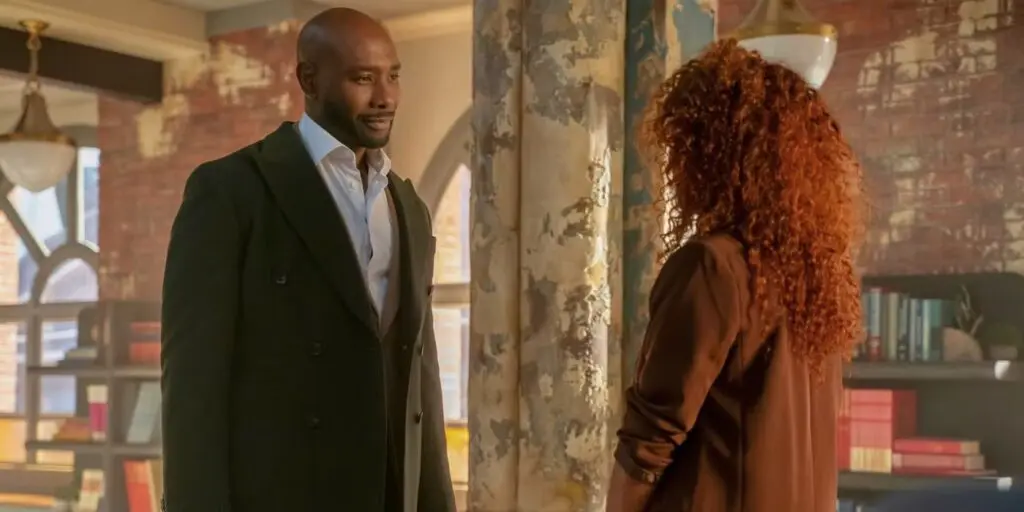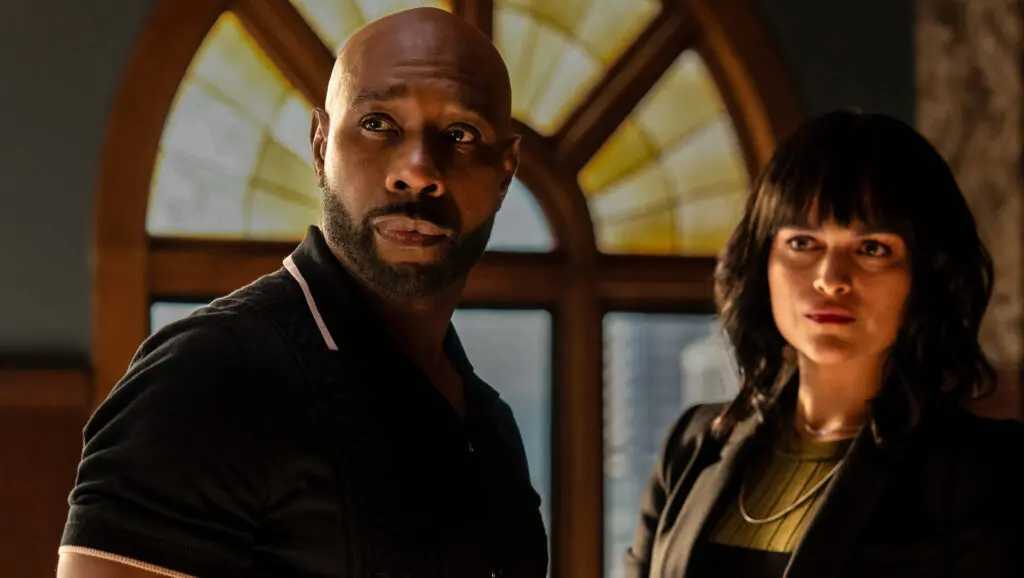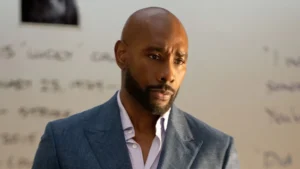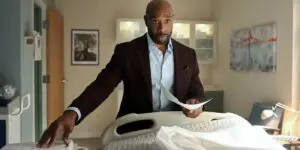Summary
Watson remains a very puzzling show in Season 1, Episode 3, overstuffed with undeveloped subplots and off-putting characters.
Watson isn’t doing itself any favors by titling Season 1, Episode 3 “Wait for the Punchline”, since it gives smug critics like me too many openings to be all like, “Still waiting!”. But I have a point. This is an aggressively unfunny show, which would be fine if it was a compelling drama or an intriguing mystery, but it doesn’t seem to be either of those things either. To be frank, I’m not sure what it is.
I already explained how having a Watson story without Sherlock Holmes is a bit weird and pointed out that the show’s unable to decide whether it’s a medical drama or a crime thriller, so I’m moving on to a new complaint in this recap. There’s too much mystery.
I don’t mean in a plot sense. The cases of the week get resolved every time and the overarching plot involving Moriarty is supposed to unfold slowly. I mean on a character level. Watson’s coy attitude is getting on my nerves. It’s all well and good to have a supporting character keep secrets or be reluctant to open up about certain aspects of their lives, but not the whole cast! It just makes it impossible to latch onto anyone and care what they’re doing.
This is especially true of Watson himself in Episode 3 because a lot of it hinges on the side effects of his new pills, which Shinwell switched out at Moriarty’s behest in the previous episode. As a result, he keeps having visions – one of Sherlock, predictably – and acting in a really odd way that everyone notices, and at one point he even collapses. This goes on for the entire chapter.
His wavering mental state makes solving the case of the week a bit more challenging. This one finds a guest-starring Djouliet Amara as Molly Jones, a comedian who collapses with what she believes is epilepsy but later turns out to be a rare inherited condition that, in a roundabout way, exonerates her mother, Felicia Mancini (Lisa Arrindell), of the murder of her siblings twenty-three years prior.
I couldn’t help but feel like Watson’s headaches were getting in the way of this story. It’s a pretty unique and surprisingly bleak plot; the kids – as youngsters are sometimes inclined to do – misinterpreted a playful idiom as a legitimate threat and were scared to death thanks to their shared genetic anomaly. All of this works, pretty much; it makes sense for Watson to be interested in the case, it’s clear that he and his team’s approach and expertise make them uniquely qualified to solve it, and it has a sweet emotional payoff. But we’re constantly pulled away so that Watson can imagine someone’s fingers being fused or, in an unintentionally funny scene, angrily confront Mary for having an undisclosed workplace relationship with her HR friend, Gummi.

Morris Chestnut in Watson | Image via CBS
Seeing this up close, you’d think Shinwell would feel a little guilty about what he’s doing. And he does, but only when the script calls for it. He lashes out at Porsche at one point, but she reminds him that his surrogate family will be targeted if he doesn’t comply, so we at least know how he’s being strong-armed, but Moriarty’s underlying motivations remain very mysterious. By the end of the episode Porsche has instructed Shinwell to swap the fake medication back to his original prescription, so presumably, we won’t have to put up with the symptoms in the next episode, but it doesn’t give us much insight into what Moriarty is actually up to.
The supporting characters all get short shrift in Watson Episode 3. They each have personal subplots that are being gradually developed, but they’re not that interesting. The Crofts, for instance, still haven’t quite moved on from the fact that Adam is now dating Stephens’ ex-fiancé, and there’s an episode-long thread where he’s too stupid to realize that his twin doesn’t want to come over for dinner because he doesn’t want to see his brother dating the woman who left him.
Dr. Lubbock is also engaged… but not really. She’s just wearing a ring she found in the dresser to try and jump-start her boyfriend into proposing, but it doesn’t work, and she has to field constant comments about not having shared the romantic story with her colleagues (why would she wear the ring to work? It’s asking for trouble.)
Taking all this together it’s easy to feel like Watson has too much going on, even though very little of it is of any consequence. The most compelling central dynamic – Watson and Mary – seems to get the least attention, while everything with the fellows occupies far too much time for how much return we’re getting on the investment. It’s the kind of structure that’ll possibly pay off down the line, but the question remains how many people will get that fair without a clear anchor to keep them invested.
RELATED:




